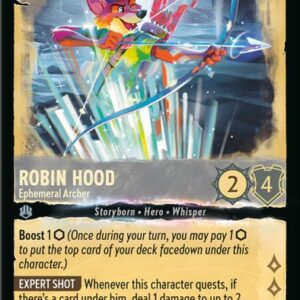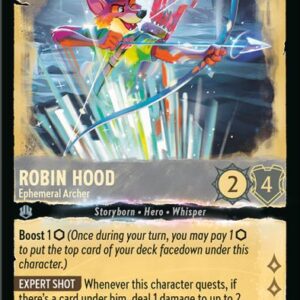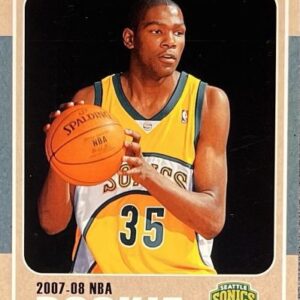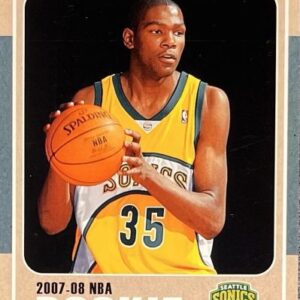While you might be under the impression that Pokémon trading cards are simply colorful slabs of nostalgia reserved for a zealot fanbase or children whose eyes twinkle at the dragonesque majesty of Charizard, a peek outside any major retail store paints a different picture. What you’d see is a scenario more befitting a Black Friday sale than the innocent acquisition of collectible cards. Die-hard fans and savvy, albeit opportunistic scalpers, encamp overnight like it’s a coveted spot in a Coachella lineup, all to snag freshly stocked Pokémon TCG products. Eyes, perhaps a little bloodshot, glinting with the hope—or perhaps desperation—befitting a gold rush. But beneath this shiny veneer lies an uncomfortable question: Is this fervor about to face the grim reality of market saturation?
First comes the melee of “Restock Fridays,” a rite of passage for any would-be collector or scalper, which has devolved into a battle of wits and endurance. Just as dawn breaks, shoppers jostle with a mix of hope and strategies reminiscent of tactical warfare. Some are purists, ardent Pokémon trainers who cherish the cards for their beauty and nostalgia. Others, however, are scalpers—modern-day treasure hunters who juggle spreadsheets of profit margins rather than Pokédexes. They’re the ones who invest in Pokémon cards not to make their collection shine but as commodities to flip for fast cash online. The catch? These scalpers often leave behind a trail of empty shelves and disappointed fans.
The Pokémon Company, never naive to the whims of the market, saw, conquered, and complied. In a response befitting the modern take on dinosaur extinction, they decided overproduction was the new survival of the fittest. The result? Sets like “Evolving Skies” and “Crown Zenith” are almost unceremoniously dumped into the market like loaves of bread at a Roman feast. Gone is the quaint allure of owning a card that seemed rare; now, with the market awash in supply, collecting can sometimes feel more like an obligatory exercise than an adventure. Take, for instance, the “Van Gogh Pikachu” card. Once whispered about in certain corners as a grail item, it now boasts a PSA 10 population of nearly 40,000—a positively pedestrian figure that quashes any semblance of scarcity.
The current situation evokes a sense of déjà vu for those who lived through the era of frenzied trading card production in the late ’80s and early ’90s—a time marked by sports card companies cranking out more cards than a magician at a kid’s birthday party. That era’s insatiable demand led to overproduction so spectacular that it eventually led their once “rare” cards to become as common as water.
With speculative buying fanning the flames of the Pokémon card market, critical warning signs loom like neon billboards. Hype, rather than genuine rarity, inflates prices. Continuous grading of cards reveals an ever-growing populace, further eroding the perceived rarity of these so-called collectibles. How long before the market corrects itself in dramatic fashion? The question hovers in the air like a looming storm cloud on a sunny day.
As for predicting the exact moment when this bubble might meet its pin—it’s akin to nailing jelly to a wall. However, current markers suggest we’re teetering dangerously close to premium saturation point. The scalpers, the ones who have treated credit cards like a never-ending supply of Monopoly money, could soon find themselves buried under a financial avalanche. With prices stabilizing or worse, declining, those laden with stock find themselves in a precarious position, keenly aware that liquidating inventory might become a necessity rather than a choice.
Veteran collectors impart a sage warning: err on the side of caution. Booms are often followed by busts. Witnessed through the lens of history, the Pokémon TCG’s explosive growth mirrors past exuberance that eventually succumbed to reality’s sobering light.
When facing such a frenzy, perhaps patience and moderation will emerge as the true master trainers, imparting the eternal principle that genuine rarity—glistening with unmanufactured allure—drives sustainable value, not the ephemeral glow of market hype. The Pokémon market, much like a Snorlax, may seem colossal and unyielding, but, if history is any indicator, even the mightiest must eventually awaken to the calls of equilibrium.






